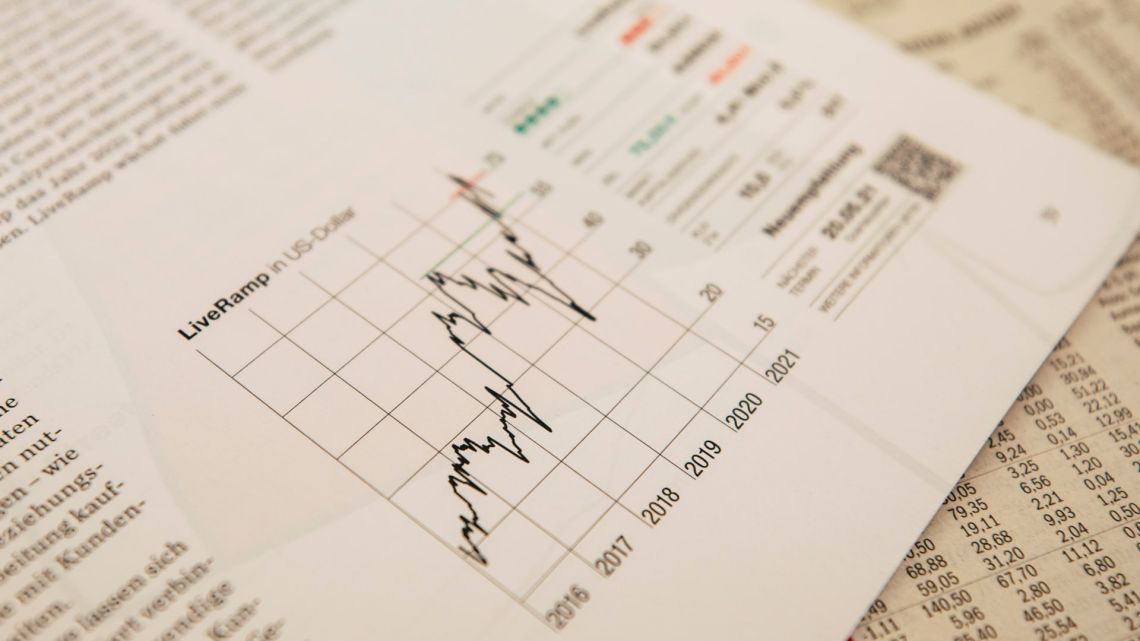
Despite rising mortgage rates, mortgage applications in the U.S. have experienced a significant increase as home buyers "catch up" after the holiday seasons.
According to the Mortgage Bankers Association (MBA), the overall market composite index, which measures mortgage application volume, rose by 9.9% to 190.6 for the week ending January 5 compared to the previous week. In comparison, a year ago, the index was at 186.7.
Key Details
Although mortgage rates have risen, home-buying and refinancing activities have remained strong.
Buyer demand has been on the rise as consumers view this period as an opportunity to purchase homes after the holiday season. The purchase index, which measures mortgage applications for home purchases, increased by 5.6% from the previous week.
Refinancing activity has experienced a surge as well, particularly in government-backed loans, which saw an increase of nearly 30%.
For homes sold at $726,200 or less, the average contract rate for a 30-year mortgage reached 6.81% for the week ending January 5. This represents a slight increase from the previous week's rate of 6.76%.
Jumbo loans, which are mortgages for homes sold at over $726,200, had an average rate of 6.98%, up from 6.86% the previous week.
Lastly, the average rate for a 30-year mortgage backed by the Federal Housing Administration rose to 6.56% from 6.51%.
Rising Mortgage Rates Impact Housing Market
The interest rate for 15-year fixed-rate mortgages increased to 6.41% from last week's 6.26%. On the other hand, adjustable-rate mortgages experienced a larger jump from 5.71% to 6.17%.
Factors at play
Pent-up demand from the holiday season likely contributed to the surge in refinancing applications. Many homeowners saw the drop in mortgage rates as an opportune time to refinance their homes. However, the increase in demand for home buying was moderate, and it remains uncertain whether this level of interest will be sustained as rates continue to rise. Additionally, a limited housing inventory continues to restrict the market, even with homeowners enjoying historically low mortgage rates.
Insights from the MBA
According to Joel Kan, Vice President and Deputy Chief Economist at the MBA, the spike in both conventional and government loan applications is a promising start to the year. However, he attributes this increase to a catch-up in activity following the holiday season and year-end rate declines. Kan also acknowledges the volatility in mortgage rates and applications in recent weeks, highlighting that overall market activity remains subdued.
Market response
In early morning trading on Wednesday, the yield on the 10-year Treasury note surpassed 4%.













Write Your Comment